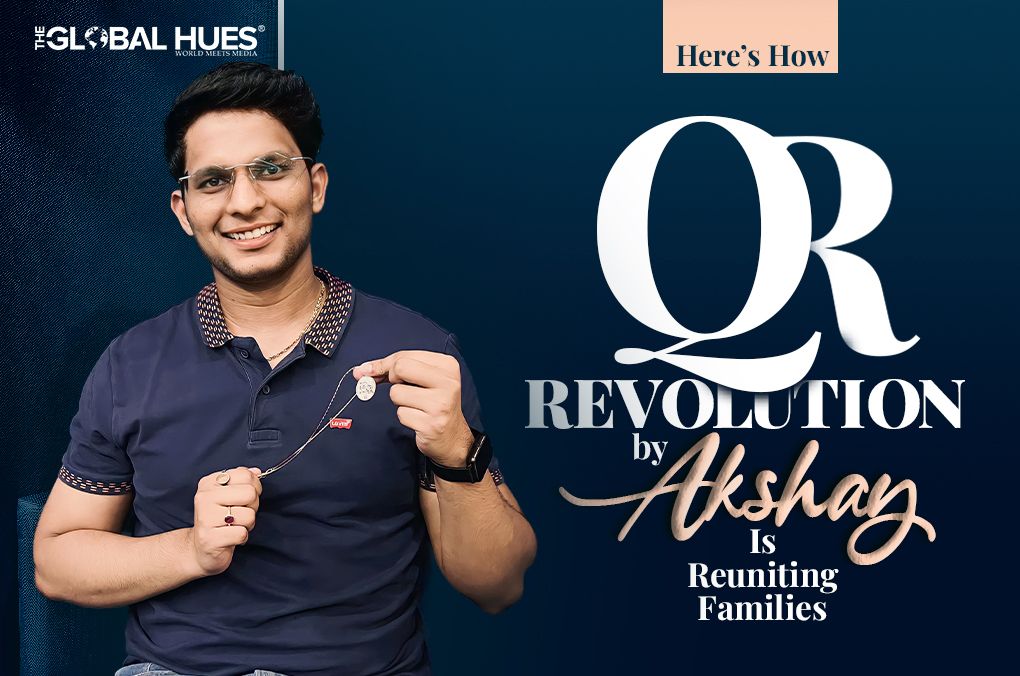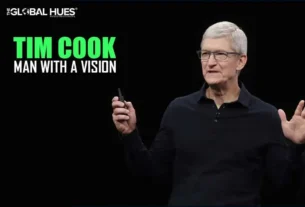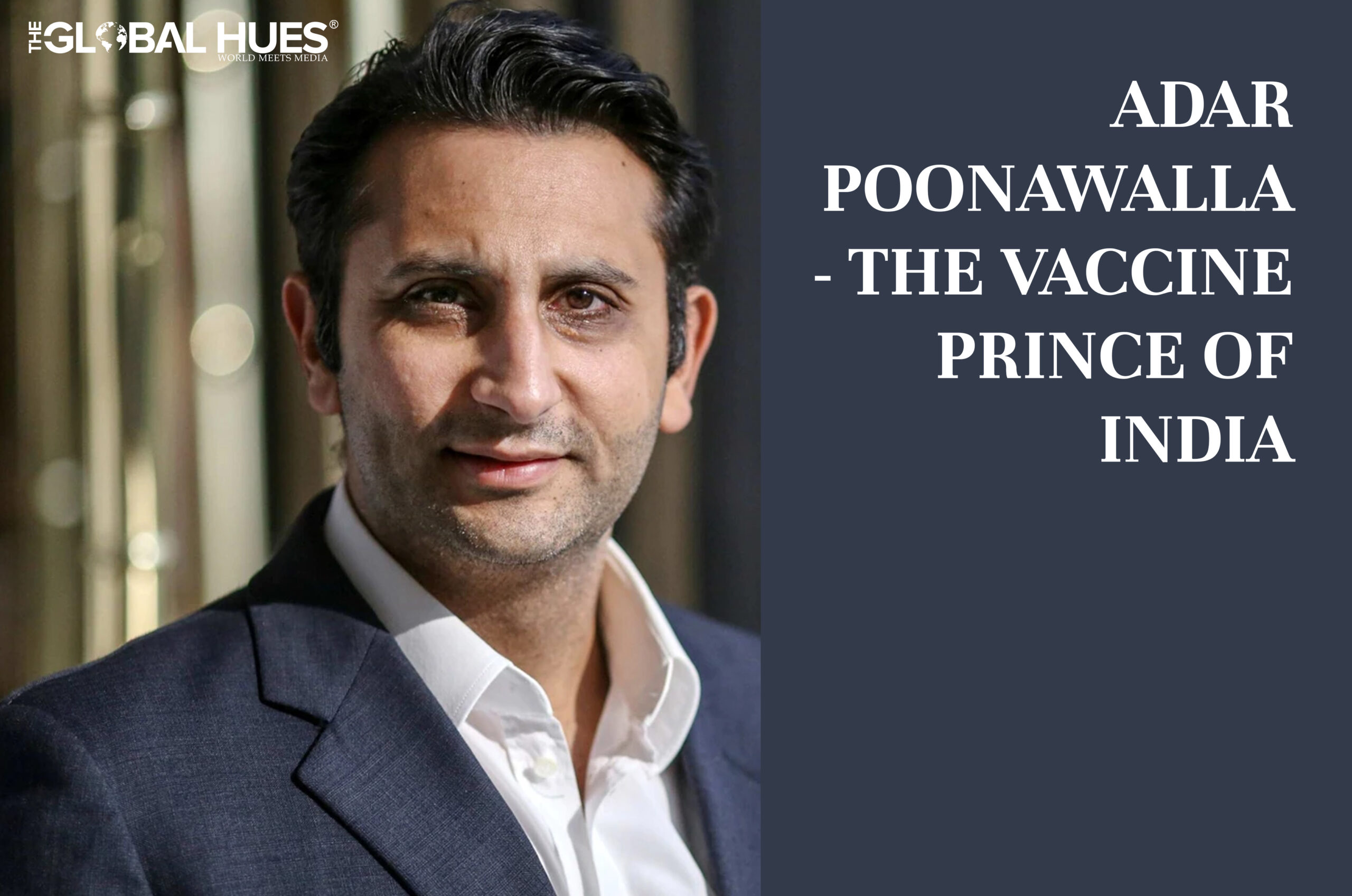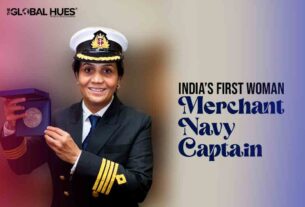We all know that India is the world’s most populous country in the world. It has a worrying number of cases of missing people. 2130 people go missing every day, totalling 65851 every month. We often see their pictures in newspapers, but usually, we just turn the pages. It doesn’t affect us much but it’s disheartening for families whose loved ones go missing. This triggered Akshay Ridlan, a 24-year-old Mumbai-based Engineer. That’s when he came up with the idea of making QR code-enabled pendants and bracelets to help locate missing people. These are a blessing for neurodivergent children and elderly citizens struggling with dementia, Alzheimer’s and other such diseases.
In a conversation with Akshay Ridlan, we understood how the pendants work, how he is trying to make pendants accessible for those in need and much more.
1. What inspired you to create the QR code pendant for people with Alzheimer’s, dementia, and other conditions?
When I saw pictures of lots of missing people in the newspaper every day, it triggered me. I felt a strong need to fix this problem. 8.3 million people are suffering from dementia. More than 1 crore children go missing every single year. Elderly people are more vulnerable as they don’t always know where to go and sometimes end up homeless.
Seeing all this made me want to find a way to make things better. I decided to create something that would help locate missing people. Therefore, I launched Project Chetna in September 2023 and came up with the idea of creating QR-enabled pendants and bracelets.
2. How does the pendant work? In what way does it facilitate communication between wearers and their families?
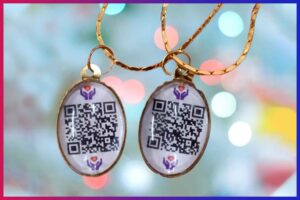
The functionality of the pendant is very simple. It is lightweight, durable and easy to wear. First, scan the tag and feed in the information like name, who to call in an emergency and any important medical details. Once that is done, the person has to scan it again and all the information is saved.
Consequently, if someone scans the pendant, they can see all the important details that were saved, like the emergency contact. This helps them call their respective families and bring everyone back together if they’re lost. It’s like a quick way to make sure they are safe and get them back home.
3. What steps are you taking to make these pendants accessible and affordable for those who need them the most?
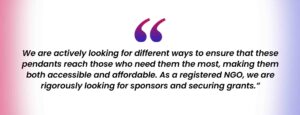
We are actively looking for different ways to ensure that these pendants reach those who need them the most, making them both accessible and affordable. As a registered NGO, we are rigorously looking for sponsors and securing grants.
Furthermore, we are creating awareness about these pendants and mental health in general. By doing so, we aim to create a network where information about these life-saving pendants is widely available.
4. Are there plans to expand the functionality or features of the pendant in the future to cater to a broader range of needs or conditions?
This pendant is just the beginning. There’s a lot more planned. We are continuously working on building new tech solutions to help and benefit society. Moving forward, we plan to enhance the capabilities of the pendant to address a wider spectrum of people’s needs.
5. What impact do you hope this pendant will have on the lives of individuals suffering from these conditions and their families?
The impact and value of the pendants can’t be measured, especially for families who yearn to be reunited with their loved ones. We all say that ‘prevention is better than cure.’ These pendants are doing the same.
By helping individuals reunite, we are reducing the emotional burden on families. What’s better than bringing back the sense of security and happiness back into someone’s life?
Akshay Ridlan is on a mission to build ‘Surakshit Bharat’, a safer India. He is continuously trying different ways to collaborate with governments and NGOs to spread awareness about his pendants.
Read More Inspiring Stories:
- Mukta Singh: Breaking Stereotypes Of Modeling At The Age Of 58
- Meet 68-Year-Old Doctor-Model Who Is An Inspiration To Many
- Mission Milk: Helping Underprivileged Children In Times Of Hardship
- Echoes: A Cafe That Converses Without Any Language
- Lt. Cdr Bijay Nair’s Story Is About Not Quitting & Dreaming Again
